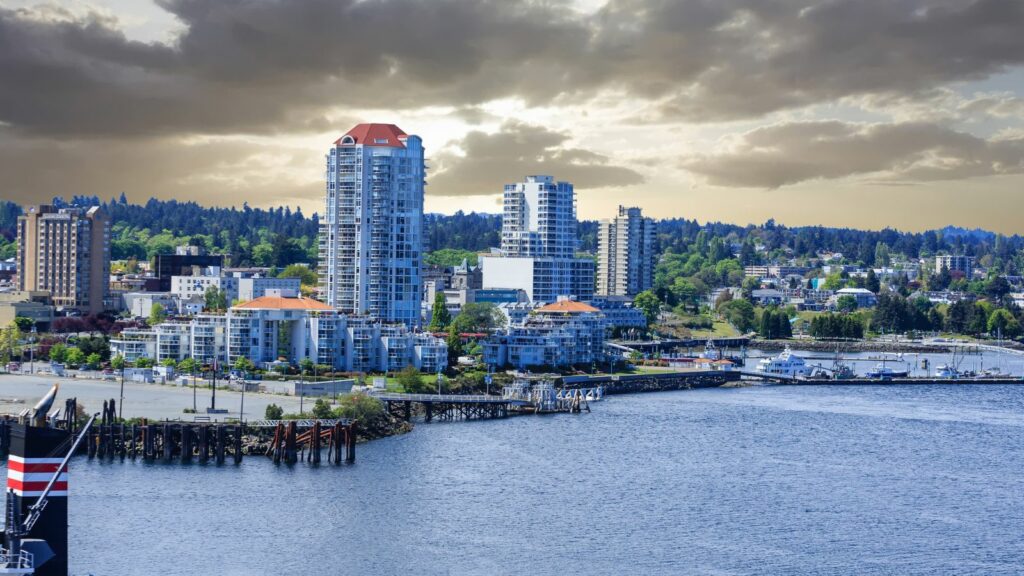Canada has long been a destination of promise for younger generations, offering opportunity, culture, and quality of life. However, for many millennials, the dream is shifting. High costs of living, stagnant wages, and limited job growth in certain cities are causing a mass re-evaluation. The result is quiet but significant exodus from some once-popular urban centres.
Vancouver, British Columbia

Once a magnet for young professionals drawn to its natural beauty and vibrant lifestyle, Vancouver is now becoming too expensive for many millennials to sustain. With sky-high housing costs and limited inventory, even high earners find home ownership nearly impossible. Rent prices continue to climb while wages have not kept pace. Many are choosing to leave for more affordable cities in nearby provinces.
Toronto, Ontario

Toronto’s reputation as Canada’s economic powerhouse hasn’t stopped millennials from leaving in droves. The cost of living has surged past affordability, and housing competition remains fierce. While jobs are plentiful, wages rarely reflect the financial pressures of daily life. Younger residents are increasingly seeking out smaller Ontario cities or even other provinces for a more balanced lifestyle.
Victoria, British Columbia

Though often seen as a picturesque and laid-back place to live, Victoria’s appeal is waning for many younger residents. The cost of living has escalated rapidly in recent years, especially in housing and everyday expenses. Coupled with limited high-paying job opportunities, millennials are rethinking their place in the city. A lack of nightlife and cultural opportunities has also played a role in the shift.
Kelowna, British Columbia

Kelowna was once seen as an affordable, lifestyle-rich alternative to Vancouver. However, in recent years, it has experienced a housing boom that’s priced many young residents out. Wages have remained relatively stagnant compared to the rising cost of living. Millennials are looking elsewhere for better economic opportunities and a lower cost of entry into the housing market.
Calgary, Alberta

Calgary has long been dependent on the oil and gas industry, which has faced volatility over the past decade. Job insecurity and fewer opportunities in traditional sectors have led many millennials to seek more stable environments. While housing is more affordable compared to other cities, the lack of economic diversity is a growing concern. As a result, many are relocating to cities with broader career prospects.
Edmonton, Alberta
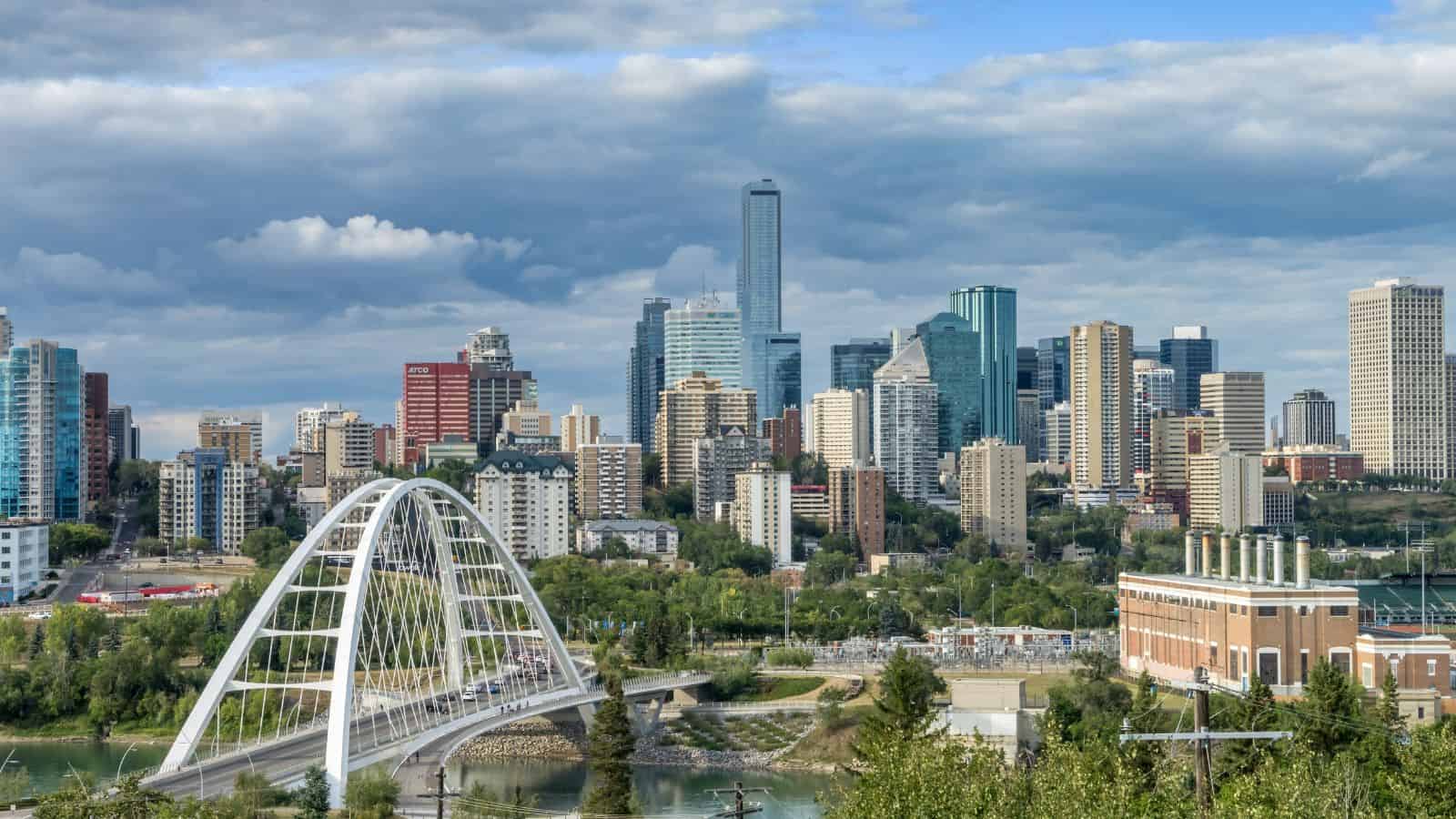
Like its southern neighbour Calgary, Edmonton has also seen a shift in its millennial population. Economic instability and reduced government and private sector hiring have made it less attractive. Despite relatively affordable living costs, millennials are seeking cities with more cultural engagement and innovation. The city’s harsh winters also continue to be a deterrent for younger demographics.
Regina, Saskatchewan
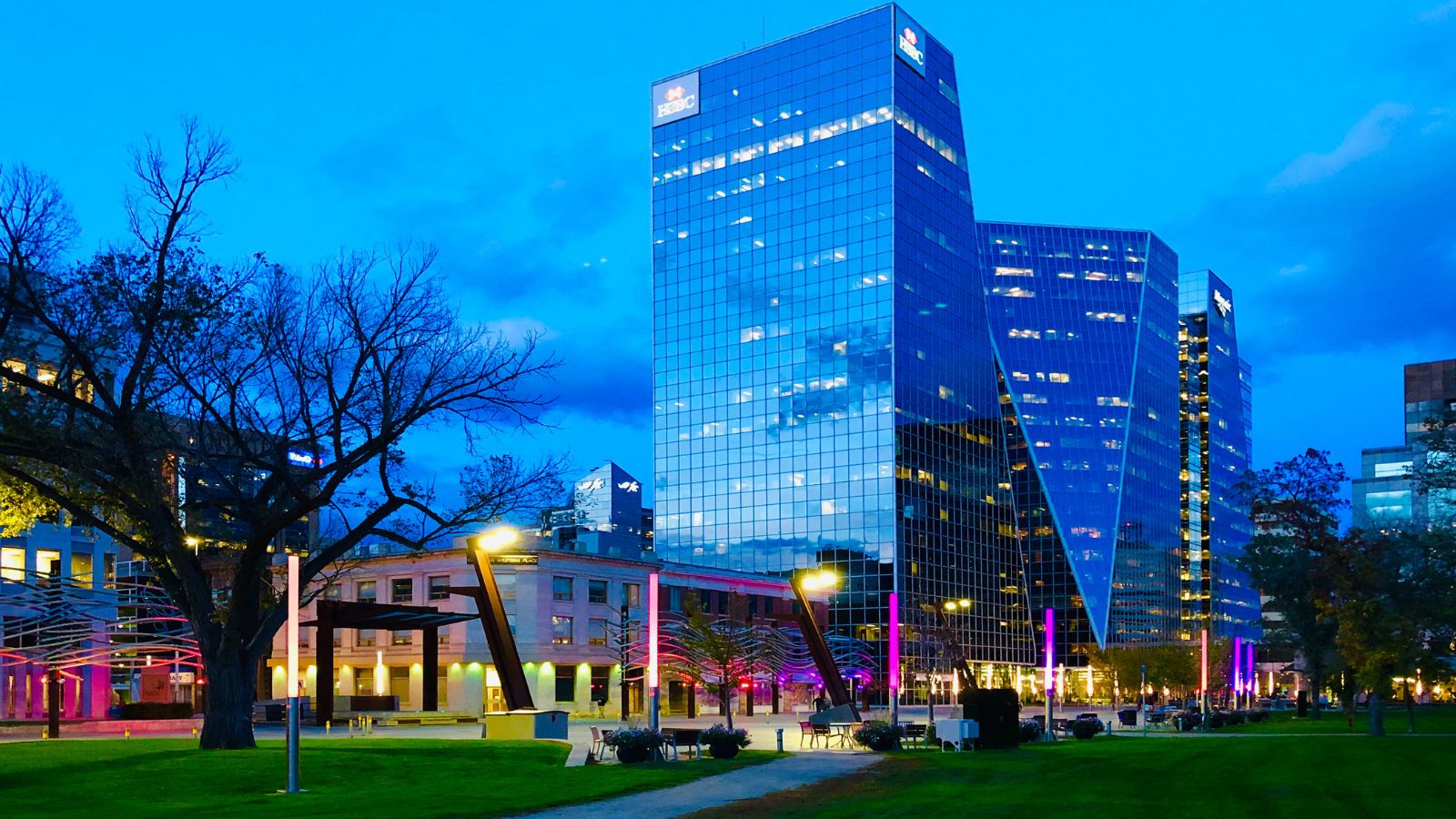
Regina has struggled to retain young people due to limited cultural amenities and fewer career pathways in modern industries. While the city offers a lower cost of living, the trade-off in career and lifestyle opportunities is significant. Millennials are increasingly opting to move to more vibrant, tech-friendly cities, with the brain drain continuing to impact the city’s long-term growth.
Saskatoon, Saskatchewan
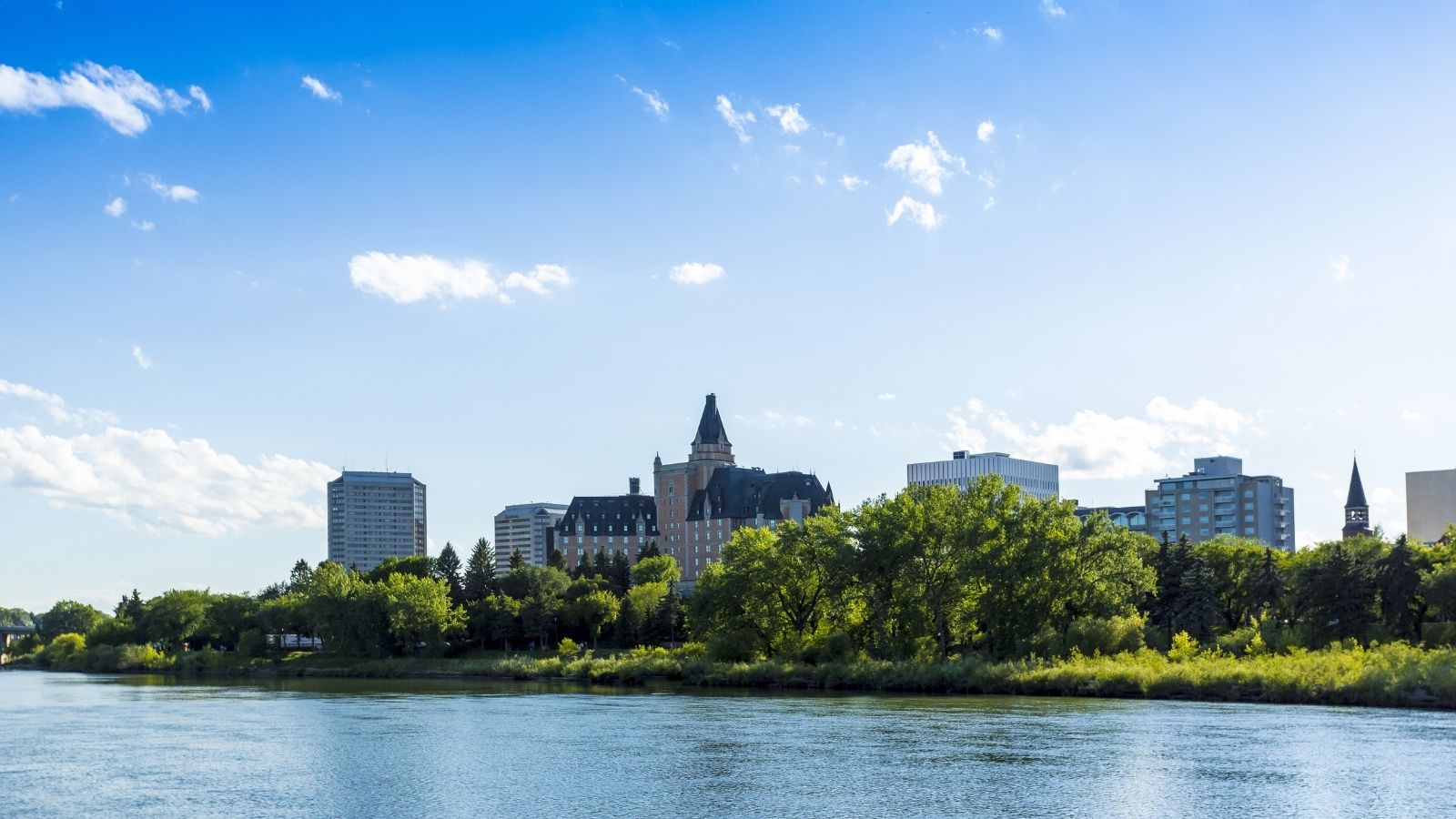
Saskatoon faces similar challenges to Regina: a stagnant job market and a lack of infrastructure to support growing industries. Millennials find few pathways to grow professionally or socially in this mid-sized city. Affordable housing alone is no longer enough to attract or keep young talent, leading people to move away to cities offering better quality of life and job prospects.
Winnipeg, Manitoba
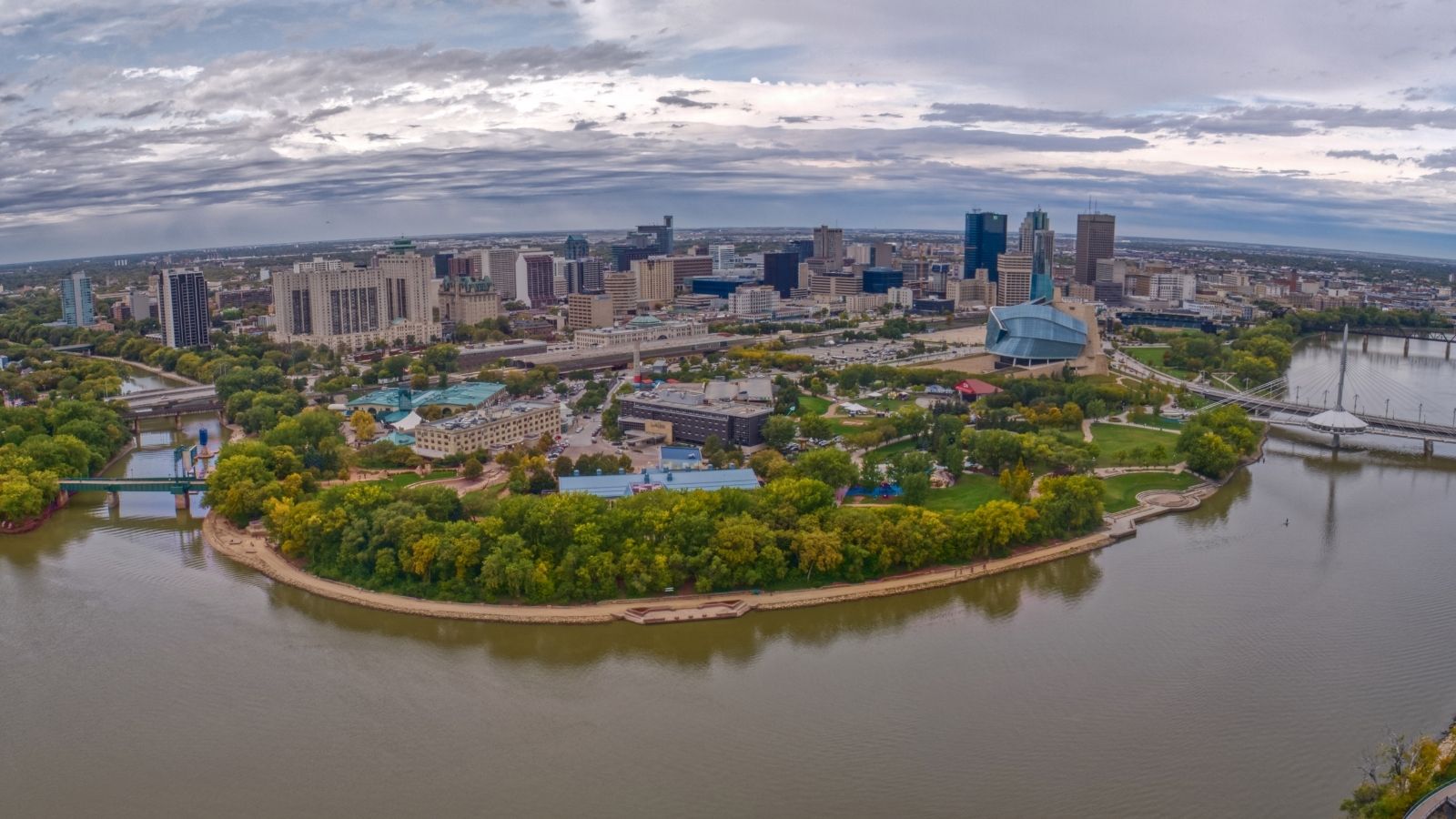
Winnipeg’s economic opportunities have failed to keep pace with other Canadian cities, causing millennials to look elsewhere. The city’s public perception as cold, isolated, and lacking in innovation hasn’t helped its retention. Affordable real estate is a draw, but not enough to outweigh the limited professional growth, meaning people are leaving for cities that better align with their values and aspirations.
Thunder Bay, Ontario
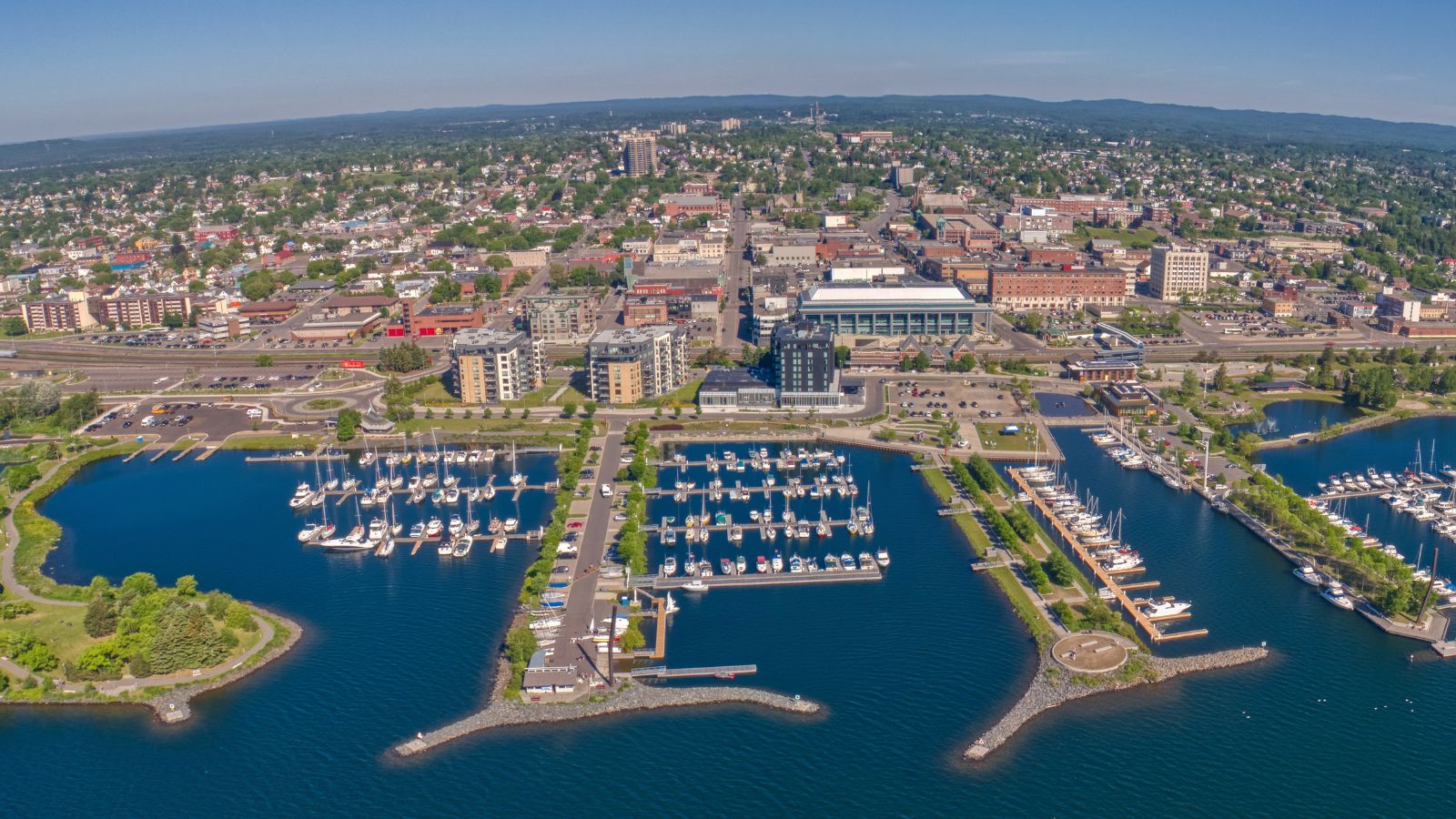
Once a robust industrial town, Thunder Bay now struggles to attract and retain millennials. Employment opportunities are limited and largely confined to healthcare, education, or government sectors. Those seeking dynamic work environments and nightlife often feel unfulfilled and many young residents are leaving for more connected and progressive urban areas.
Sudbury, Ontario

Sudbury continues to be heavily reliant on the mining sector, offering little diversity in job markets. Millennials who are not aligned with the industry often find themselves stuck in underwhelming roles. Despite its affordability, the city lacks appeal in terms of lifestyle and innovation. Consequently, younger people are packing up for greener pastures.
Windsor, Ontario
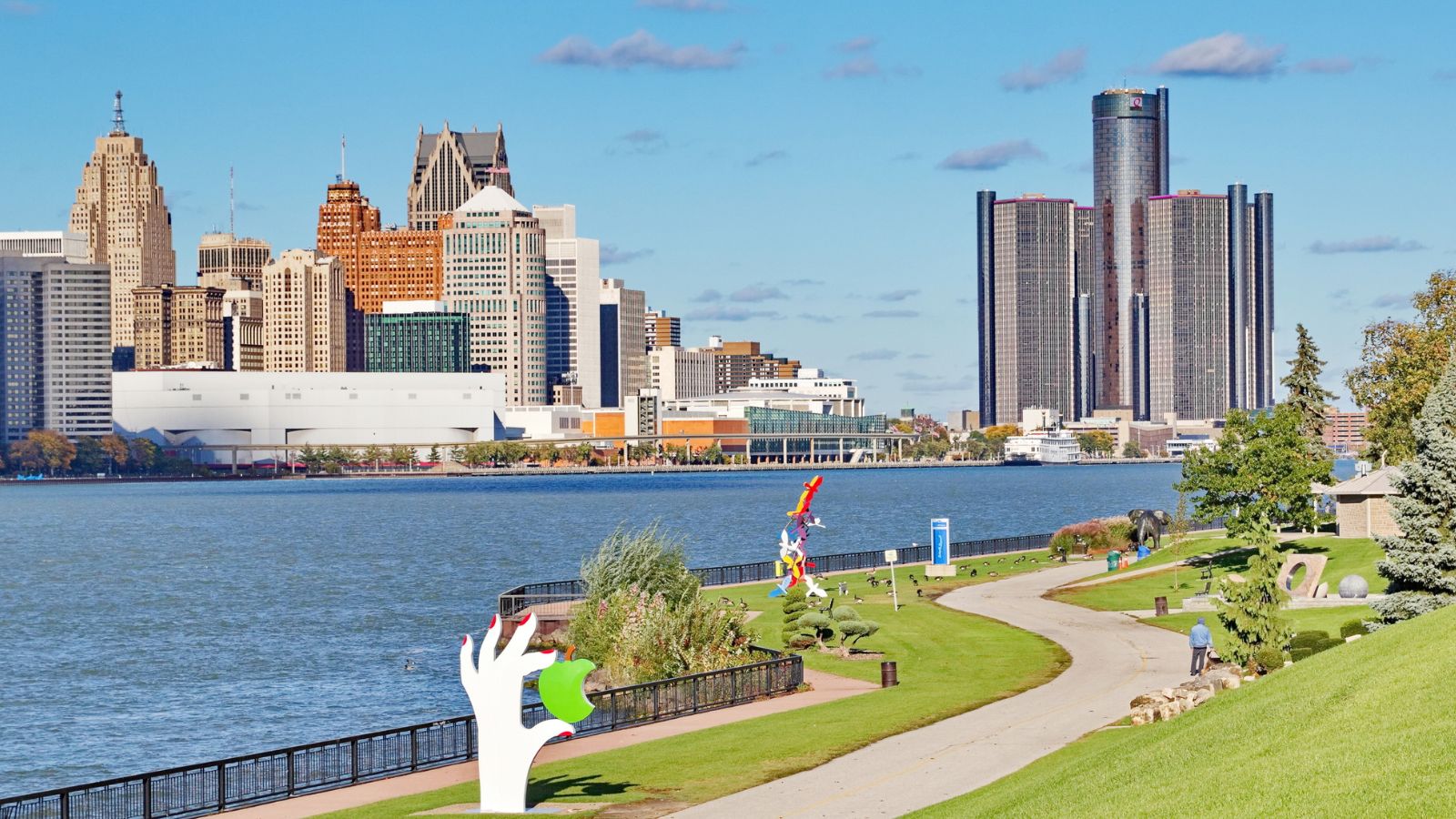
Windsor’s close proximity to Detroit offers cross-border convenience, but it hasn’t translated into millennial satisfaction. The job market is volatile, and public services often lag behind other urban centres. Its auto-centric economy offers little room for those in tech, media, or the arts, so Millennials are increasingly heading toward more culturally rich and economically varied cities.
Hamilton, Ontario
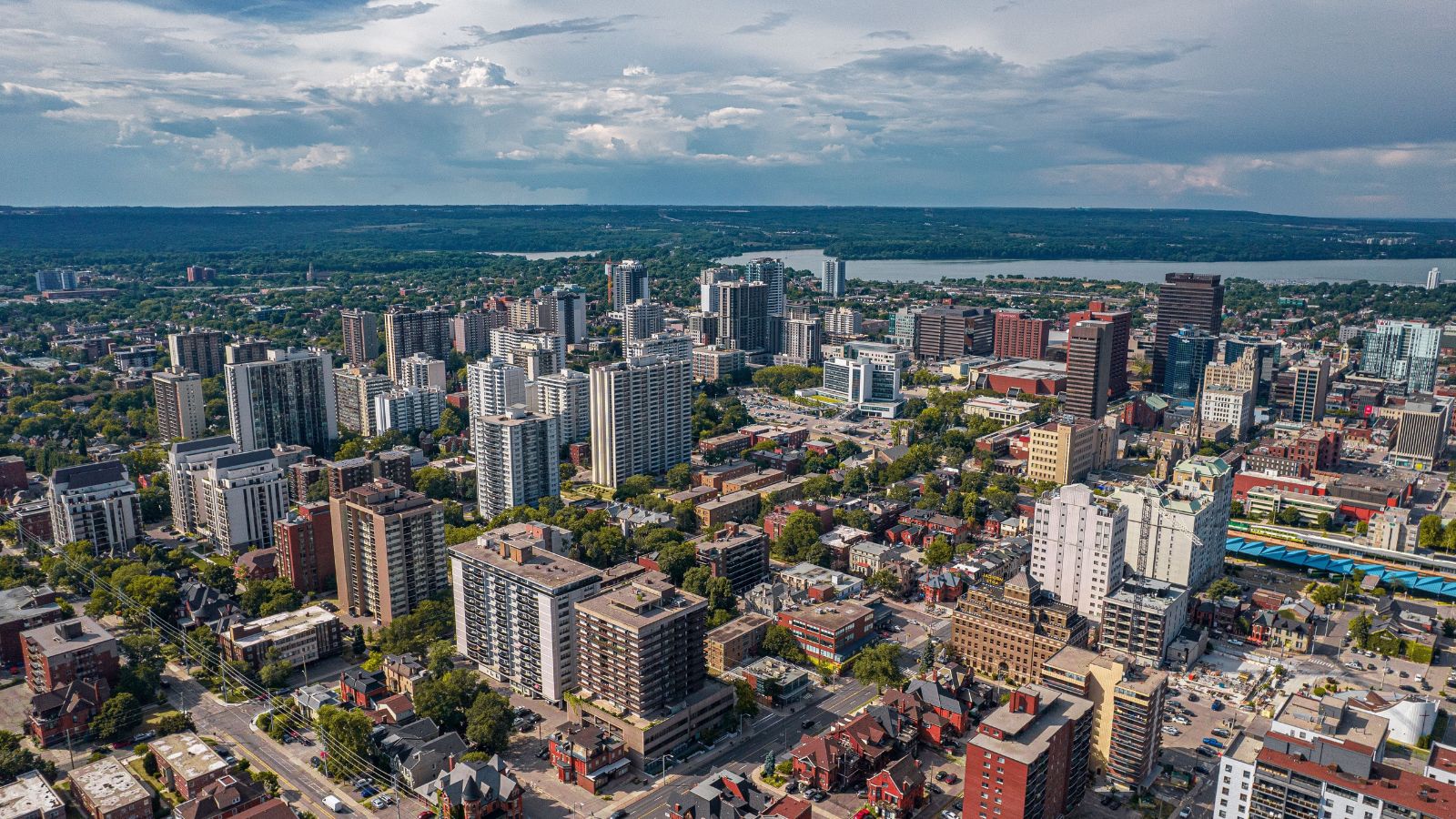
Once considered an affordable alternative to Toronto, Hamilton has seen housing costs rise dramatically in the last five years. With gentrification pushing locals out and wages failing to catch up, many millennials no longer see it as a viable place to settle. Industrial roots dominate the employment landscape, limiting diversity in job opportunities and making younger people feel priced out and professionally stunted.
St. Catharines, Ontario

This Niagara region city is known for its scenic beauty and wineries, but it lacks dynamism for younger residents. Career paths are limited outside of hospitality and tourism, making long-term settlement unattractive. While some moved here for affordability, many now feel isolated and underutilized, with Millennials leaving for cities where growth and connection are more achievable.
Barrie, Ontario

Barrie has grown quickly, but its infrastructure and job market haven’t kept up. While it was once seen as a commuter town for those working in Toronto, remote work has changed that equation. Without compelling employment or lifestyle benefits, younger residents are questioning why they stay, resulting in a steady outflow toward more vibrant and self-sufficient cities.
Moncton, New Brunswick

Moncton has tried to brand itself as an affordable destination with growing tech potential, but reality has been slower to evolve. Millennials who move here often find the job market limited and wages lower than expected. The city’s cultural and entertainment offerings remain underdeveloped with many people ending up moving again within a few years in search of better alignment with their goals.
Fredericton, New Brunswick
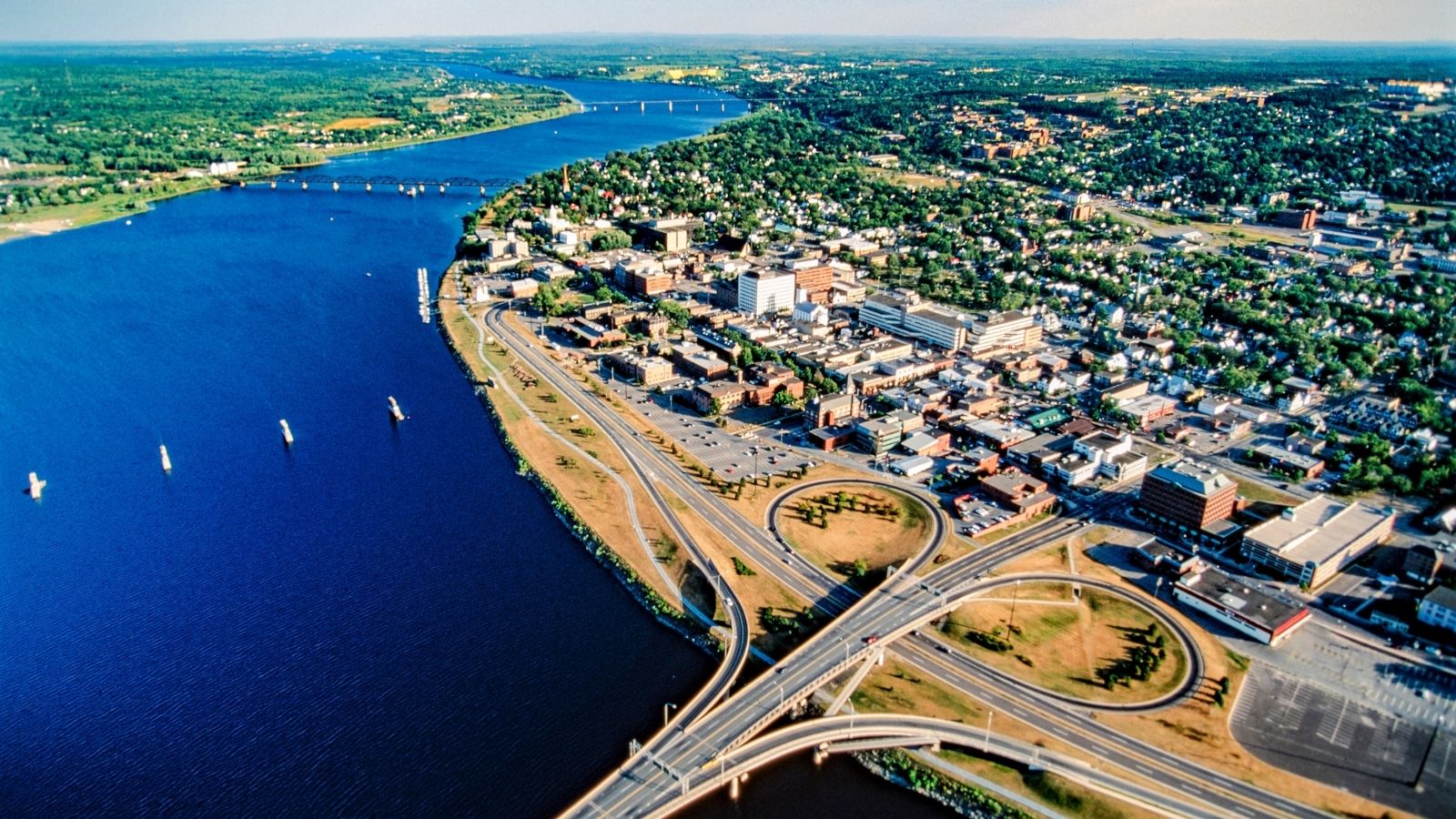
Fredericton may be the province’s capital, but it still struggles to offer robust career prospects outside of government and academia. Millennials looking for fast-paced, entrepreneurial environments often find it lacking. Though affordable, the city’s slow economic growth and modest social scene are major drawbacks, resulting in many choosing to move after short stays.
Charlottetown, Prince Edward Island
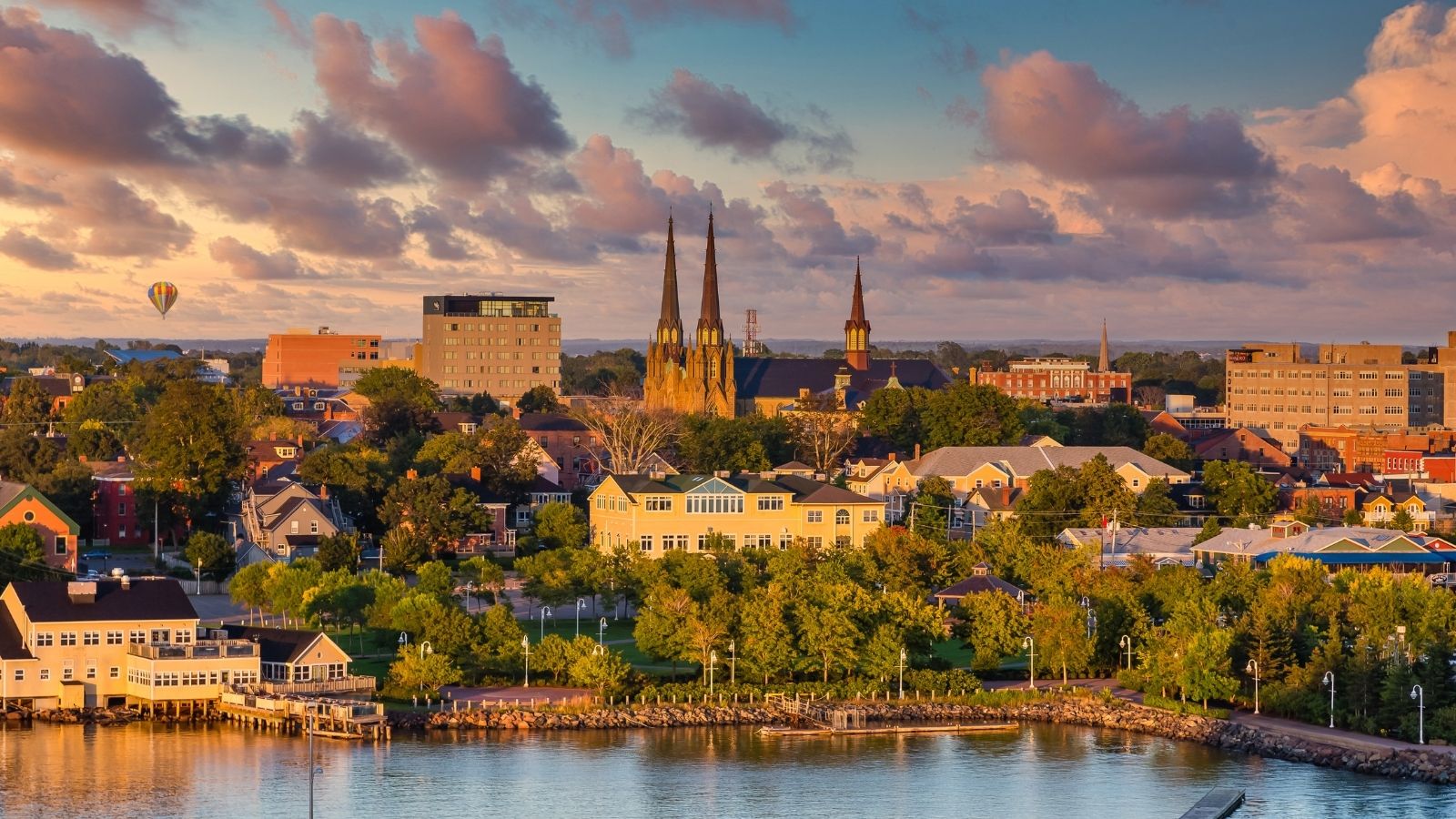
Charlottetown’s small-town charm wears off quickly for those seeking professional growth. The island’s limited industries and high seasonal employment don’t offer enough stability. Millennials often struggle to find career momentum or upward mobility. Many end up relocating to mainland cities that offer broader economic and lifestyle options.
St. John’s, Newfoundland and Labrador

The charm of St. John’s and its coastal beauty can’t fully compensate for economic stagnation. A weak job market, combined with the province’s overall financial struggles, has pushed many young people away. Those with post-secondary education find few roles that match their skillsets. As a result, millennial outmigration continues to accelerate.
Lethbridge, Alberta

Despite being a university town, Lethbridge has trouble keeping millennials around after graduation. The local economy doesn’t offer enough opportunities for career advancement in many fields. Lifestyle amenities are limited, and the city’s slower pace doesn’t appeal to all. Millennials often head to larger cities to find the culture, careers, and community they’re looking for.
22 Times Canadian Ingenuity Left the U.S. in the Dust

When people think of innovation, they often picture Silicon Valley. However, Canada has a history of innovation, too. Whether it’s redefining sports, revolutionizing medicine, or just showing America up at its own game, Canadian inventors, thinkers, and dreamers have had their fair share of mic-drop moments. Here are 22 times Canadian ingenuity left the U.S. in the dust.
22 Times Canadian Ingenuity Left the U.S. in the Dust
